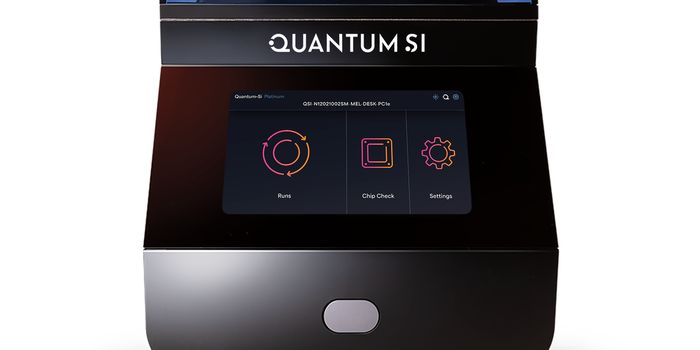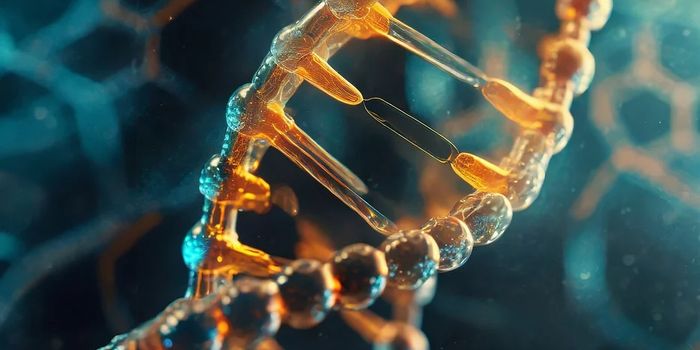Vaccine Improves Immunity via Lymph Node Expansion
A recent paper in Nature Biomedical Engineering, by Dr. David J. Mooney demonstrated how a new vaccine can enhance and maintain lymph node function to boost immunity against cancer in mice. Mooney, a Principal Investigator and the Robert P. Pinkas Family Professor of Bioengineering at the Harvard John A. Paulson School of Engineering and Applied Sciences, studies the mechanisms that allow cells to receive and emit signals to communicate and elicit changes in the body (such as an immune response).
There are hundreds of lymph nodes around our body that contain different immune cells to help fight infection. For example, lymph nodes become swollen when we get sick because immune cells flood the lymphatic system to attack the foreign pathogen. Immune cells, such as T cells which are responsible for killing or lysing infections, are primed in the lymph node and then go to the site of infection to control the disease. The expansion of lymph nodes (LN) also occurs during vaccinations. Interestingly, there has not been any research observing the prolonged effect of LN expansion on vaccine outcomes.
Mooney and his team discovered a way to prolong LN expansion and study how this effects vaccine efficacy. Researchers were able to accomplish prolonged LN expansion using a vaccine that contained different biomaterials. They treated mice with this biomaterials vaccine prior to administering a traditional vaccination. The expanded LN contained more immune cells necessary to fight infection or disease. Consequently, expanding the LN with the biomaterials vaccine before the traditional vaccine significantly increased treatment efficacy and led to sustained anti-tumor response. The results have far-reaching implications for how physicians immunize patients. It also demonstrates a proof-of-concept that the immune system can be primed to optimize a response.
The initial purpose of the biomaterials vaccine was to combat cancer. Previously, Mooney and his team demonstrated the efficacy of the vaccine in mouse models and in a phase 1 clinical trial for cancer patients. However, the team had not yet look extensively at the LN organization, the mechanism of the immune response, the cell types activated, or gene expressions that the vaccine could alter. The team found that the vaccine increases the specific immune cells critical to fight disease. They also discovered that the vaccine alters LN structure by changing the cell populations and their functions.
Immune cells were also isolated from the vaccinated LN and gene profiles were analyzed through computational techniques. The test they ran on these cells is a high throughput technology known as single cell RNA-sequencing, which detects gene expression in cells. By understanding which genes are expressed (or not) can help characterize the type of cell and its function (pro- or anti-tumorigenic). Gene detection helped establish and demonstrate that the increased immune cell populations in the lymph node were associated with a stronger immune response.
Overall Mooney and others, for the first time, discovered that expanding the lymph node prior to traditional vaccination can significantly improve response to cancer and other infections. In the article they clearly demonstrate the biological changes within the LN and how the priming vaccine can effectively treat disease. With most of the work completed in mouse models, scientists are working to push it through the clinic to improve longevity and therapeutic treatments for patients.
Paper, Nature Biomedical Engineering, David J. Mooney, Harvard John A. Paulson School of Engineering and Applied Sciences



















































